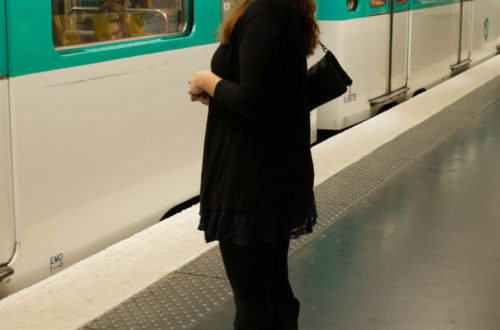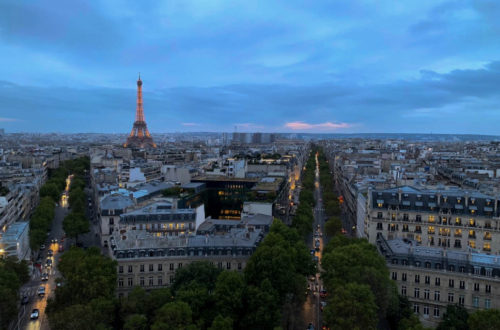
Complete Guide: How to Spend One Day at the Palace of Versailles
Fun fact: The residence of Versailles was originally a hunting lodge and private retreat for Louis XIII his family. In 1624, the king entrusted Jacques Lemercier with the construction of a château on the site. Later, under the guidance of Louis XIV, the residence was transformed into an immense and extravagant French Borque-styled complex surrounded by stylized gardens.
Best Time to Visit the Palace of Versailles
Versailles is best avoided during very hot and busy periods—specifically, July and August. The outside has virtually no shade and very few options for sitting. The inside can be pretty nuts, with wall-to-wall people, no ventilation, no air conditioning, and high humidity. So, I would aim for low season April-June and October-November. The weather during these months is relatively mild and you can enjoy smaller crowds.
How Long Should You Plan to Spend at the Palace of Versailles?
If you’re fast, you can definitely see major parts of the Palace in 2 hours. But if you really want to enjoy Versailles and its enormous gardens, you should really consider spending more time there. I’d suggest eating a large breakfast and planning to spend at least 4-6 hours visiting Versailles.
What Time Should You Arrive at the Palace of Versailles?
To take full advantage of your time at the Palace of Versailles, arrive before opening time (9:00 a.m.) and leave at closing time (5:30 p.m.)—you won’t regret it. Also, check out the program of the events and shows so that you can schedule your visit accordingly.
What Should you Wear at the Palace of Versailles?
During the summer, wear comfortable clothes. Bring sunglasses and a hat in preparation for viewing ht gardens. And don’t forget sunscreen. During the colder season, wear a long-sleeved shirt and bring a sweater because it can get pretty chilly outside. No matter the season, make sure you wear comfortable shoes.
Before Arriving at the Palace
To avoid spending hours waiting in line, purchase the “passport with timed entry” a few days before we visited Versailles. The “passport” is a ticket that grants you access to the whole Estate and guarantees access to the Palace of Versailles within half an hour of the selected time. I highly recommend it. No one likes to wait in long lines, especially in the blistering heat.
The ticket also includes an audio guide. But, I recommend that you download the free audio guide app on your phone before your visit. This will allow you to avoid waiting at the audio guide desk. Besides, the app provides an audio guide tour of Versailles and an interactive map of the estate. Once downloaded, it can be used without Internet service.
I also recommend that your use the free app rather than purchasing a guided tour. This will allow you to scout Versailles at your own pace. Plus, if you’re on a budget, it’s an easy way to save a few extra dollars.
How to Get to the Palace of Versailles
Versailles lies outside of the city of Paris. To get to there, hop on the RER C train heading to the Versailles-Château-Rive Gauche train station. Depending on where you start your trip, you may have to use one or more metros to get to the RER C train.
Take the RER C train to Versailles Château Rive Gauche station. It’s the last stop, so you’re sure to not miss it. Be careful boarding and de-boarding the train. Ellie and I had a terrifying experience when we used it.
Arriving at the Palace of Versailles
After less than a fifteen minute walk you’ll find yourselves in the center of enormous cobblestone courtyard that leads up to the resplendent golden gate of the Palace of Versailles.


Things to See at the Palace of Versailles
1. The Hall of Mirrors and Gardens
Perhaps the most-famous room in the Palace is the Hall of Mirrors, which was used as a passageway for the royal family and as a waiting room for guest. Designed to embody the power, pomp and elegance of the French monarchy, the 240 foot long Hall features more than 350 mirrors situated around 17 mirror-clad arches that offer breathtaking views of Versailles’ sprawling gardens.





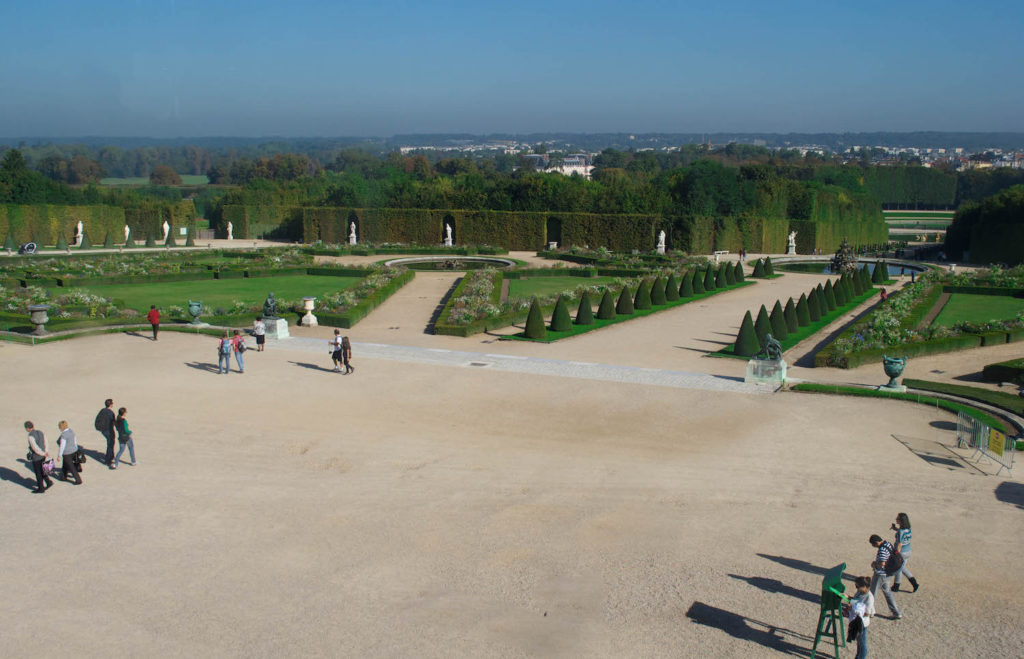
2. The Royal Chapel
Another key feature of the Palace is the two-story Royal Chapel. This is the interior of the Royal Chapel, where Louis XVI and Marie Antoinette were married, and Louis XIV attended mass every morning.


3. The King’s State Apartments
The King’s State Apartments occupies the main (first) floor of the Palace and is comprised of the following seven rooms:
The War Salon
The War Salon glorifies the military victories that led to the peace at Nijmegen. The walls are covered with marble panels decorated with six trophies and gilded bronze carvings. Louis XIV is strongly represented by a large relief of the Sun King himself on horseback obviously defeating his enemies.

The Peace Salon
Located at the southern end of the Hall of Mirrors (opposite to the War Salon), is the Peace Salon. Its décor matches that of the War Salon, but the main theme of the salon is the peace brought to Europe by France.

Venus Salon
Along with the Salon of Diana, the Venus Salon was created by Louis XIV as the main entrance to the State Apartments of the King and Queen. During evening gatherings, this room was used to display food and drinks for the King’s guests.


Mars Salon
The Salon of Mars is dedicated to Mars (the god of war). It was used for the guards. This particular salon is rich on paintings and portraits that adorn its red velvet walls.

Mercury Salon
The Mercury Room originally served as the King’s bedchamber. A huge bed was placed at the center of the room, but was removed during the winter in order to make room for gaming tables.
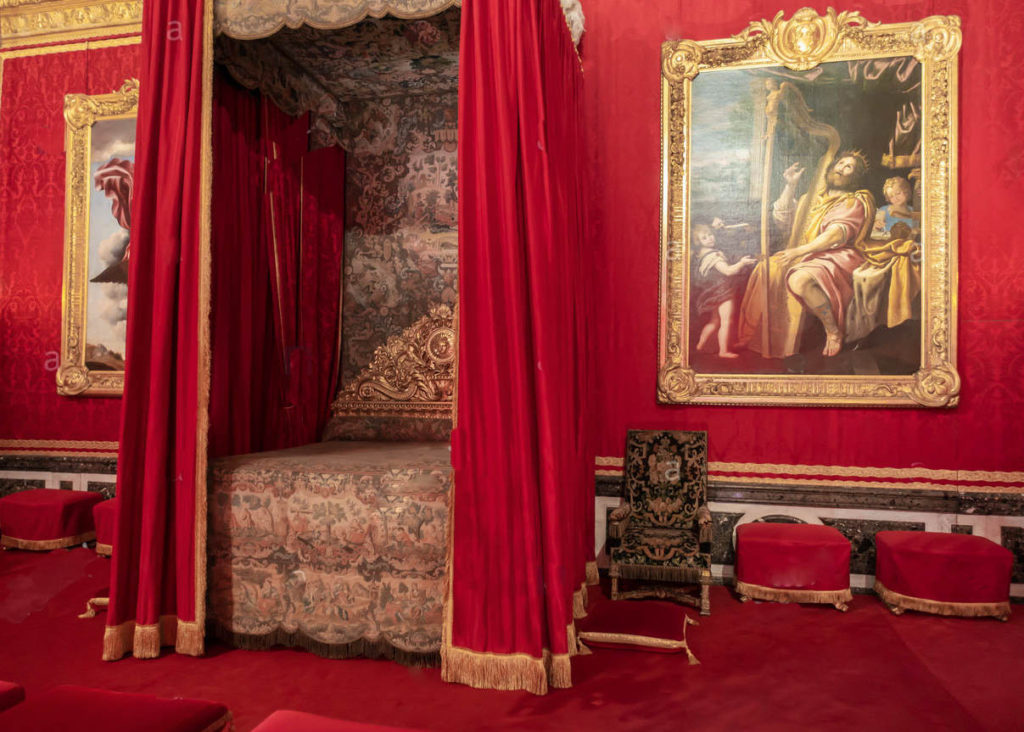
The ceiling is adorned with a large painting of Mercury in his chariot painted by Jean-Baptiste de Champaigne.

Diane Salon
Like the Venus Room, the Diana room served as a corridor to the State Apartments. In the evenings, it was used as a Billiards Room. The ceiling was painted by Gabriel Blanchard, “Diana Presiding Over Hunting And Navigation”.

Apollo Salon
This Apollo Salon served as a concert or music room.

Salon of Abundance
In the 18th century during the reign of Louis XV, the King’s State Apartment was expanded to include the Salon of Plenty and the Salon Hercules. As the name suggests, the Room of Plenty was abundant with food. It was used by the King and Queen as a refreshment room, where coffee, wines and liqueurs were served to privileged guests.

Hercules Salon
The Hercules Salon is named after the Greek divine hero. This room was the last to be built by King Louis XIV.



4. The Queen’s Apartment
The Queen’s Apartment is comprised of five rooms: the Queen’s bedchamber, the nobles’ room, the royal table antechamber, and the queen’s guard room.
The Queen’s Bedchamber is where the Queen spent most of her time. It was also here that the queen gave birth to the princes and princesses of the monarchy.
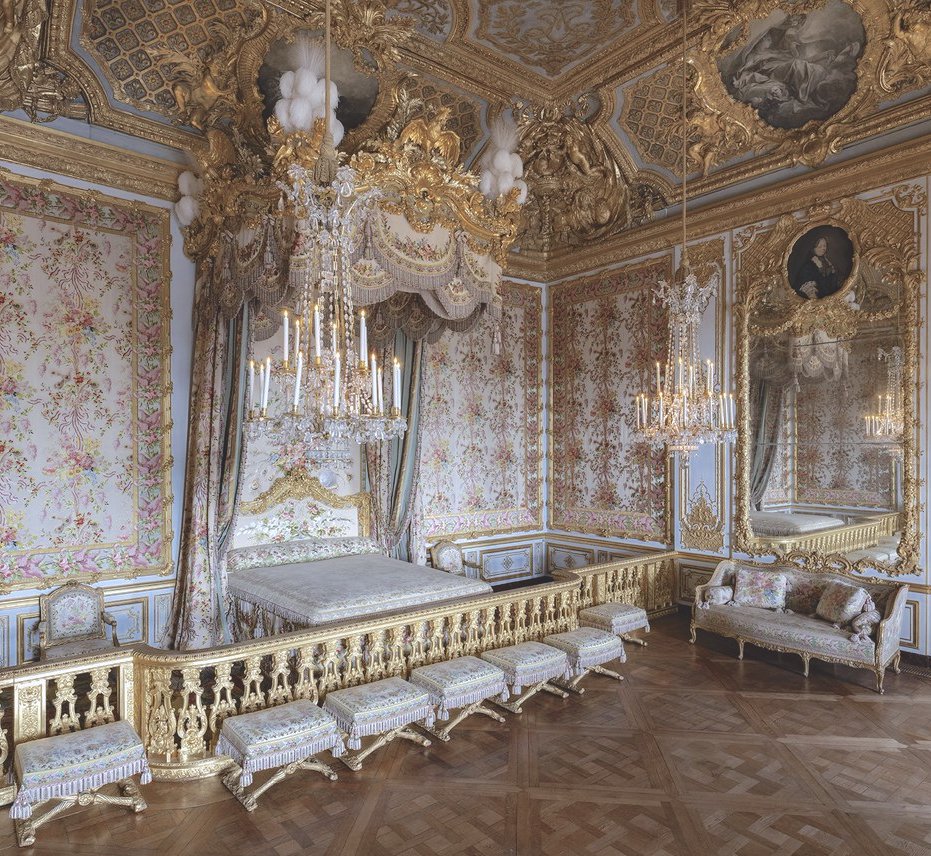
The Queen’s antechamber (or grand couvert salon) is where her and the King would dine in public. Only the members of the royal family were allowed to dine. Duchesses, princesses or those holding important positions sat in front them on stools. High ranking individuals, or those admitted by the ushers, would stand.

If you’re not exhausted after visitng these spectacular highlights in the Palace, you can also go visit the King’s private apartment, Marie-Antoinette’s private chamber, the Royal Opera, and so much more!



